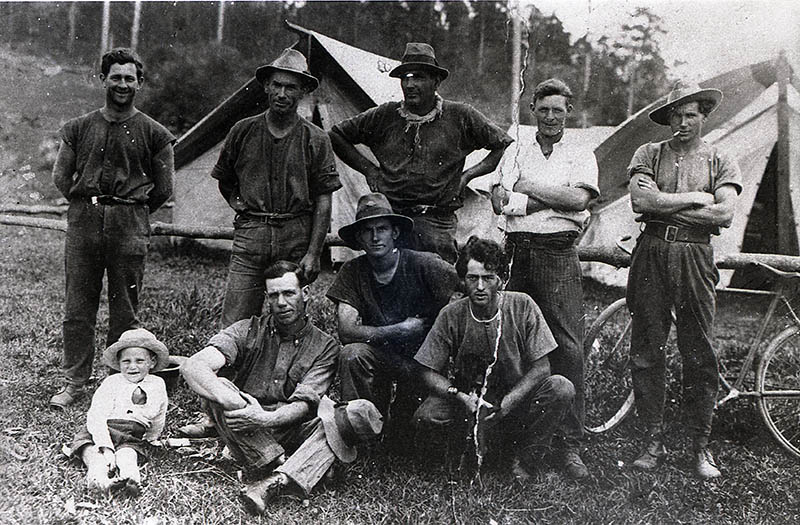A Place to Call Home
Written By Maddi Brown
A place to call home means different things to different people, but where we choose to live and our reasons for doing so, form part of our evolving identities. So what does the Tweed Coast symbolise to the people who live here? What’s its history and where is it going?
Geographically, the Tweed Coast is made up of the breathtaking seaside towns of Fingal Head, Kingscliff, Casuarina, Cabarita Beach, Hastings Point and Pottsville. Its neighbouring villages, equally as stunning, are comprised of the country heart of the region; Tumbulgum, Murwillumbah, Condong, Mooball and Burringbar. A stretch of land offering diverse landscape from mountain to sea, lush vegetation with many native plants and wildlife, and a community spirit arguably rivalled by none.
The Tweed Coast’s first people and traditional custodians of the land are the Bundjalung people. Following the food source was common amongst tribal groups of the time. But unlike other regions, this land provided a plentitude of hunting and gathering potential that meant the first people could comfortably stay and flourish here. The early settlers later used this land for various crops (including corn, arrowroot and opium) before the success of sugarcane in the 1870s. As with other towns before it, the stability of sugar brought with it an influx of sugar mills and workers to the area.
The increased population sought the need for the boat builders who were responsible for building out our famed water network along the various arms of the Tweed River, building river boats and row boats to allow the settlers to get about their business. Road development including bridges and a ferry service became active in the 1930s. The 1900s saw the gradual but steady growth of the Tweed Coast and its towns, spurred on by the pilot stations that were set up in Tweed Heads and later the inland villages. The industries developed to encompass several strong export businesses from the region, including a dairy presence (that still exists today), banana plantations and commercial fishing. The growth of the area continued to expand post World War II as retirees and holiday makers explored and settled in the area. The post-covid era has seen a similar expansion with the region now one of the hottest residential growth areas on the east coast.
Whether you are here for a long time or a little while, one thing remains clear, the sense of community runs through the vein of the Tweed Coast like a lifeline, in a similar fashion to how the mighty Tweed connects the various villages and towns. From the local Bowls Club, the weekly markets, the plentitude of small businesses, new and old, all the way through to the small school communities and the regular beach walkers that smile and bid you a good day. Connections, past and present, come together in the various community events that take place each and every week. It is our hope that through this community and the breathtaking landscape we call home that you find the type of connection you desire and continue to find inspiration in each and every day.
Maddi Brown, is a virtual admin and marketing consultant living in Pottsville. You can contact her at www.thewellcollective.com.au/yourvirtualassistant

Cane cutters circa 1900, courtesy of the Tweed Regional Museum.

Richmond-Tweed Region map, circa 1930 courtesy of the Tweed Regional Museum.

